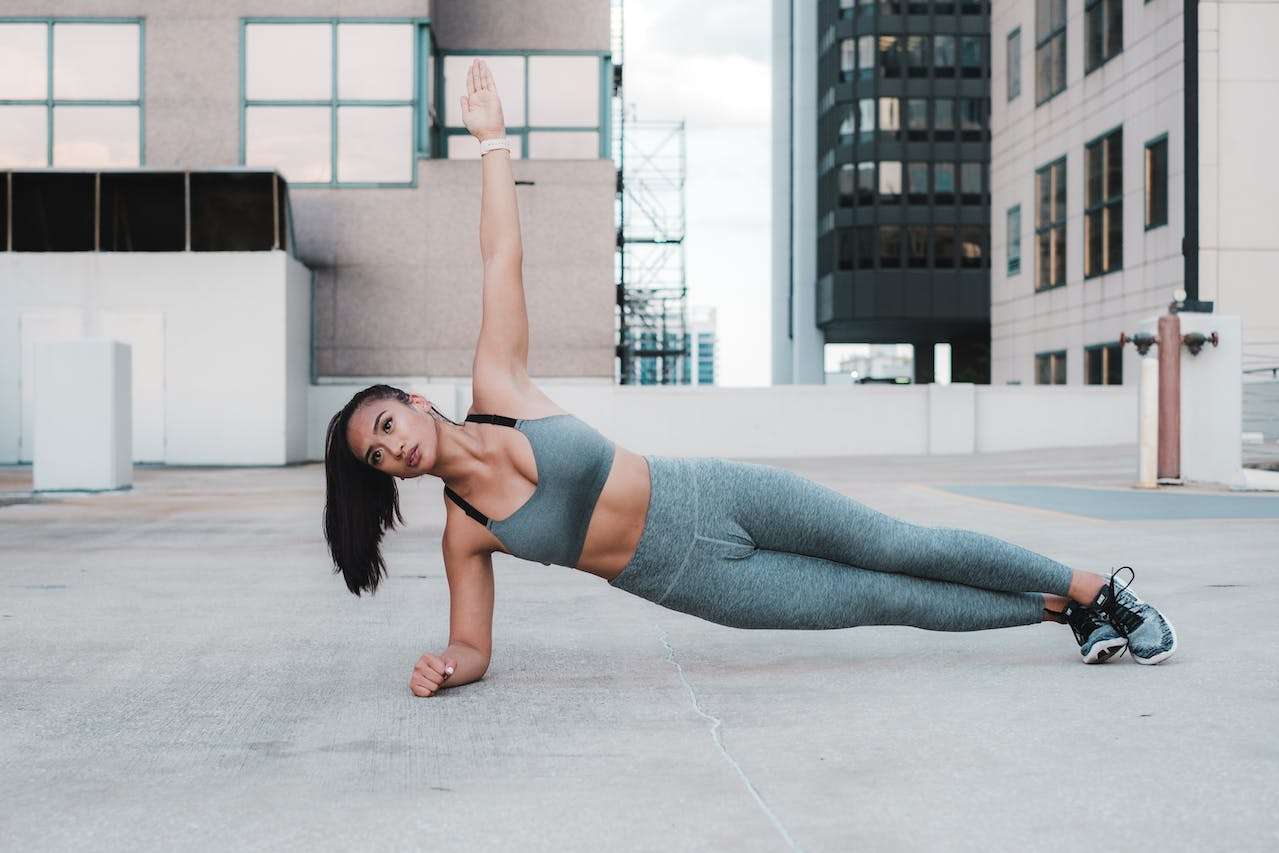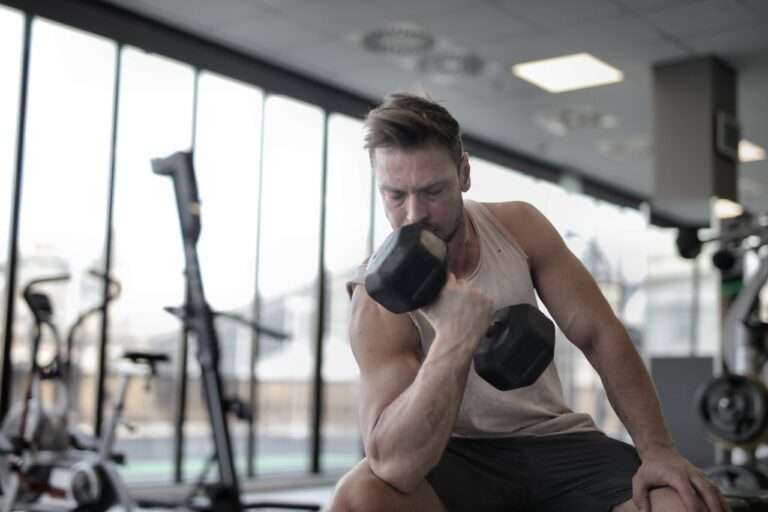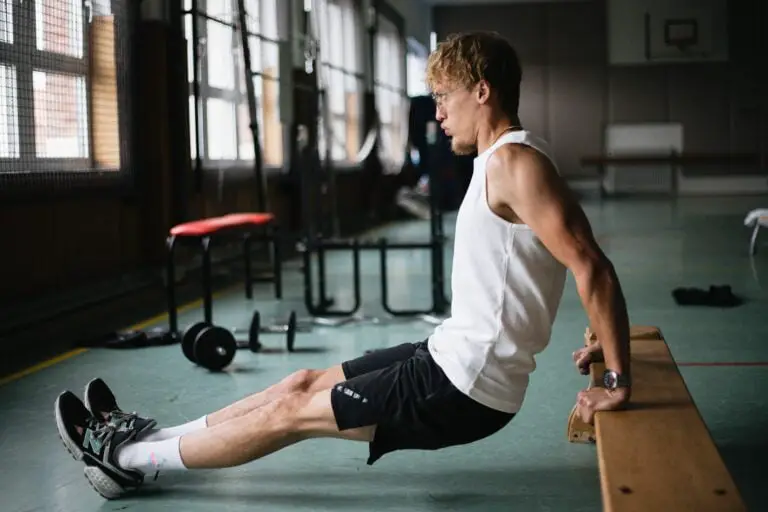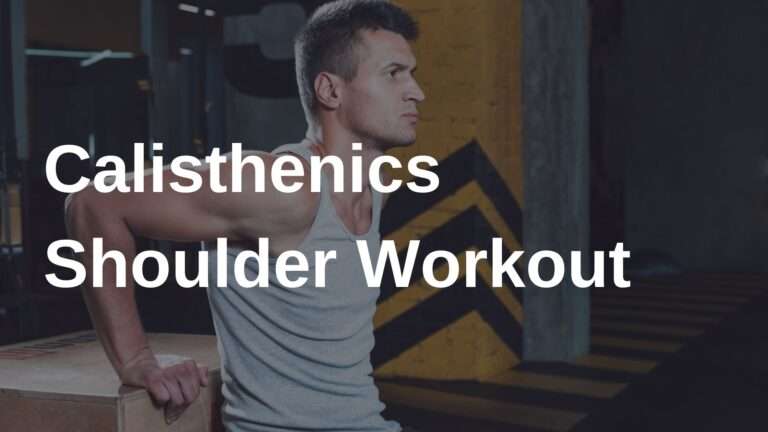Power of Core Exercises: How to Reach Your Fitness Goals

Are you looking to strengthen your core and improve your overall fitness? Core exercises are essential for developing a strong and stable midsection. Your core muscles, including the abdominal muscles, back muscles, and muscles around the pelvis, play a crucial role in supporting your body and facilitating movement. By incorporating core exercises into your workout routine, you can enhance your performance in various physical activities while reducing the risk of injuries.
In this comprehensive guide, we will explore a wide range of importance of core and core exercises recommended by top trainers and fitness experts. From abdominal crunches to planks and bridges, we will cover exercises that target different core muscles and offer a variety of benefits. Whether you are looking for core exercise for beginner or you are an experienced fitness enthusiast, there’s a core exercise for everyone.
So, are you ready to strengthen your core and enhance your overall fitness? Look no further! In this article, we’ll look at core workouts and how they can improve your strength, stability, and posture.
Why Are Core Exercises Important?
Before we move to into specific core exercises, let’s understand why strengthening the core is so important. Many people associate the core solely with the abdominal muscles, but it actually consists of a complex network of muscles located in the trunk of our body.
Your core muscles are engaged in almost every movement you make, from walking and reaching to balancing and getting up from a chair. They provide stability and support to your body, allowing you to maintain proper posture and move efficiently. Strong core muscles not only improve your athletic performance but also help prevent injuries, reduce back pain, and enhance your overall range of motion.
Anatomy of the Core Muscles
The core is not just about the visible six-pack abs; it comprises a complex network of muscles that work together to stabilize and support your spine.
The core muscles include the rectus abdominis (front abdominal muscles), internal and external obliques (side abdominal muscles), transverse abdominis (deep abdominal muscles), erector spinae (back muscles), and the pelvic floor muscles. Strengthening these muscles is crucial for overall core stability and functionality.
Benefits of Core Exercises
A strong core is essential for everyday activities, from lifting heavy objects to maintaining proper balance while walking or running. Core muscles also help in other exercises like push up, pull up, squats, handstands and more. By engaging your core muscles, you not only enhance your athletic performance but also reduce the risk of injuries.
Here are some of the advantages of regularly performing core exercises:
Improved Stability and Balance:
Strong core muscles enhance your stability and balance, making it easier to perform various physical activities and reducing the risk of falls and injuries.
Enhanced Posture:
Core exercises help improve your posture by strengthening the muscles that support your spine. By maintaining good posture, you can alleviate back pain and promote a healthier spine.
Increased Functional Strength:
A strong core is essential for performing everyday tasks, such as lifting objects, bending, and twisting. Core exercises improve your functional strength, making these movements easier and more efficient.
Better Athletic Performance:
Whether you’re an athlete or a recreational sports enthusiast, having a strong core can significantly enhance your performance in sports and other physical activities. Core exercises improve your power, agility, and overall movement efficiency.
Injury Prevention:
Weak core muscles can lead to imbalances and compensations in other parts of your body, increasing the risk of injuries. Strengthening your core helps prevent such imbalances and promotes proper movement patterns, reducing the likelihood of injuries.
Improved Body Awareness:
Core exercises require you to engage and activate specific muscle groups, increasing your body awareness and helping you develop a stronger mind-muscle connection.
Weight Management:
Engaging in regular physical activity, including core exercises, can contribute to weight management and help you achieve a healthier body composition.
Common Misconceptions about Core Exercises
There are several misconceptions surrounding core exercises that need to be addressed. One common myth is that endless crunches are the key to a strong core. While crunches can be effective, they only target a specific set of muscles and neglect other important core muscles.
Another misconception is that core exercises are only for individuals with visible abs or athletes. In reality, core exercises are beneficial for everyone, regardless of their fitness level or aesthetic goals. Whether you’re a beginner or an advanced athlete, there are core exercises suitable for your needs.
Types of Core Exercises
Now that we understand the benefits of core exercises let’s explore a variety of exercises that target different core muscles and offer a well-rounded workout for your midsection.
Abdominal Crunch
The abdominal crunch is a classic core-strengthening exercise that primarily targets the rectus abdominis, also known as the six-pack muscles. To perform an abdominal crunch:
- Lie on your back with your feet flat on the floor and your knees bent at a 90-degree angle.
- Place your hands behind your head or cross them over your chest, avoiding any strain on your neck.
- Engage your abdominal muscles and lift your head and shoulders off the floor, while exhaling.
- Hold the contraction for a moment, then slowly lower your upper body back down to the starting position, inhaling.
- Repeat for the desired number of repetitions.
Bridge
The bridge exercise is an effective way to target your glutes, hamstrings, and lower back while also engaging your core muscles. To perform a bridge:
- Lie on your back with your knees bent and your feet flat on the floor, hip-width apart.
- Keep your arms relaxed at your sides, palms facing down.
- Engage your core and squeeze your glutes as you lift your hips off the floor, creating a straight line from your knees to your shoulders.
- Hold the position for a few seconds, then slowly lower your hips back down to the starting position.
- Repeat for the desired number of repetitions.
Single-Leg Abdominal Press
The single-leg abdominal press is a challenging exercise that targets your core muscles, particularly the transversus abdominis. To perform the single-leg abdominal press:
- Lie on your back with your knees bent and your feet flat on the floor.
- Keep your back in a neutral position and avoid arching it or pressing it into the floor.
- Tighten your abdominal muscles and lift your right leg off the floor, bending it at a 90-degree angle.
- Rest your right hand on top of your right knee.
- Push your hand against your knee while using your abdominal muscles to push your knee toward your hand.
- Hold for a few seconds, then return to the starting position.
- Repeat the exercise using your left hand and left knee.
Double-Leg Abdominal Press
Building upon the single-leg abdominal press, the double-leg abdominal press further challenges your core muscles. To perform the double-leg abdominal press:
- Lie on your back with your knees bent and your feet flat on the floor.
- Keep your back in a neutral position, avoiding any excessive arching or pressing into the floor.
- Tighten your abdominal muscles and lift both legs off the floor, bending them at a 90-degree angle.
- Rest your hands on top of your knees.
- Push your hands against your knees while using your abdominal muscles to pull your knees toward your hands.
- Hold for a few seconds, then return to the starting position.
- Repeat for the desired number of repetitions.
Quadruped
The quadruped exercise, also known as bird dog, targets multiple muscles in your core, including the abdominal muscles, lower back muscles, and hip muscles. To perform the quadruped exercise:
- Start on your hands and knees, with your hands directly below your shoulders and your knees below your hips.
- Keep your head and neck aligned with your spine.
- Tighten your abdominal muscles and raise your right arm off the floor, reaching it forward.
- Hold for a few seconds, then lower your right arm and repeat with your left arm.
- Next, raise your right leg off the floor, keeping it in line with your body.
- Hold for a few seconds, then lower your right leg and repeat with your left leg.
- For an added challenge, raise your left arm and right leg simultaneously, and then alternate with your right arm and left leg.
Modified Plank
The modified plank is a beginner-friendly variation of the traditional plank exercise. It engages multiple core muscles, including the rectus abdominis, transverse abdominis, and obliques. To perform the modified plank:
- Lie on your stomach and raise yourself up onto your forearms and knees.
- Align your head, neck, and back, ensuring that your shoulders are directly above your elbows.
- Tighten your abdominal muscles and create resistance by pressing your elbows and knees toward each other.
- Hold the position for a few seconds, then return to the starting position.
- Repeat for the desired number of repetitions.
Side Plank
The side plank is a challenging bodyweight core exercise that targets the muscles along the side of your body, including the obliques. To perform a side plank:
- Lie on your left side, raising yourself up onto your left forearm.
- Align your left shoulder directly above your left elbow, keeping your shoulders, hips, and knees in a straight line.
- Rest your right arm along the side of your body.
- Tighten your abdominal muscles and hold the position for a few seconds.
- Repeat on your right side.
- For an added challenge, balance on your left hand, raise your hips off the floor, and extend your right hand toward the ceiling.
Superman
The superman exercise targets the muscles in your lower back and helps strengthen your posterior chain. To perform the superman exercise:
- Lie on your stomach with a rolled towel or small pillow under your hips for support.
- Tighten your abdominal muscles and raise your right arm off the floor.
- Hold for a few seconds, then lower your right arm and repeat with your left arm.
- Next, raise your right leg off the floor.
- Hold for a few seconds, then lower your right leg and repeat with your left leg.
Core Exercise Variations for Different Fitness Levels
Regardless of your fitness level, there are core exercise variations that cater to your abilities. Let’s explore some modifications for beginners, intermediate, and advanced individuals.
Beginner
For beginners, it’s important to start with easy core exercises for beginners that focus on building core strength and stability. Modified versions of planks and crunches are ideal choices. Instead of a full plank, start with a modified plank on your knees, gradually progressing to a full plank. Similarly, beginners can perform crunches with their feet elevated or by using an exercise ball for added support.
Intermediate
Intermediate individuals can incorporate more challenging variations of the basic core exercises. For planks, try side planks or elevated planks by resting your hands on an elevated surface like a bench or step. To increase the difficulty of crunches, perform bicycle crunches or reverse crunches, which engage additional core muscles.
Advance
Advanced individuals can take their core exercises to the next level with more intense variations. For planks, add arm or leg lifts to increase the challenge and engage more muscles. Advanced crunch variations include weighted crunches or stability ball crunches, L-sit, and V-sit. Additionally, advanced individuals can incorporate dynamic movements such as mountain climbers or Russian twists to further challenge their core stability.
Core Exercises for Specific Goals
Core exercises can be tailored to specific goals, whether you’re aiming for increased strength, improved stability, or a more aesthetic midsection. Let’s explore how you can customize your core training based on your objectives.
Strength
If your primary goal is to build core strength, focus on exercises that involve resistance or added weight. This can include exercises such as weighted planks, cable crunches, or medicine ball throws. By progressively increasing the resistance, you will challenge your core muscles and promote strength gains.
Stability
For individuals seeking improved stability, exercises that require balance and coordination are key. Incorporate exercises like single-leg planks, stability ball rollouts, or bird dogs. These exercises force your core muscles to work harder to maintain stability, resulting in improved balance and coordination.
Aesthetics
For those striving for a more aesthetic midsection, a combination of core exercises and proper nutrition is essential. Alongside the classic planks and crunches, incorporate oblique exercises such as side planks with hip dips or Russian twists. Additionally, make sure to maintain a balanced diet and overall body fat reduction to reveal the underlying muscle definition.
Incorporating Core Exercises into Your Workout Routine
To maximize the benefits of core exercises, it’s crucial to incorporate them into your regular workout routine. Aim for at least two to three core workouts per week, allowing a day of rest in between to promote recovery. You can either dedicate an entire workout to core exercises or include them as part of a full-body workout.
Start your workout with a dynamic warm-up to prepare your core muscles for the upcoming exercises. Then, choose a variety of exercises that target different areas of the core, incorporating both isolation exercises and compound movements. Remember to maintain proper form and focus on quality over quantity.
Core Exercises for Athletes and Specific Sports
For athletes, core strength is paramount for optimal performance and injury prevention. Different sports require specific core exercises to address the demands placed on the body. Let’s explore some core exercises tailored to popular sports.
Running
Runners can benefit from core exercises that promote stability and power. Exercises such as dead bugs, standing wood chops, and single-leg Romanian deadlifts help improve running efficiency and reduce the risk of common running injuries.
Tennis
Tennis players require rotational power and stability. Exercises like medicine ball twists, Russian twists with a resistance band, and side plank rotations help develop the necessary core strength for powerful shots and quick changes in direction.
Golf
Golfers need core stability and rotational strength for smooth swings. Incorporate exercises like cable rotations, seated medicine ball twists, and Pallof presses to enhance your golf swing and prevent lower back injuries.
Conclusion
In conclusion, core exercises are essential for building a strong, stable, and aesthetically pleasing midsection. By targeting the various core muscles, you can improve your overall fitness, enhance athletic performance, and reduce the risk of injuries.
Remember to start with exercises suitable for your fitness level and gradually progress to more challenging variations. Tailor your core training to your specific goals, whether it’s increased strength, improved stability, or a more aesthetic appearance. Incorporate core exercises into your regular workout routine and focus on maintaining proper form throughout.
Lastly, for athletes, consider incorporating sport-specific core exercises to optimize performance and reduce the risk of sports-related injuries. Keep in mind that consistency is key, so stay committed to your core training journey and enjoy the benefits of a strong and functional core.
Now, it’s time to take action! Get started on your path to a stronger, fitter you with these core exercises. Strengthen your core, improve your overall fitness, and unlock your full potential!






